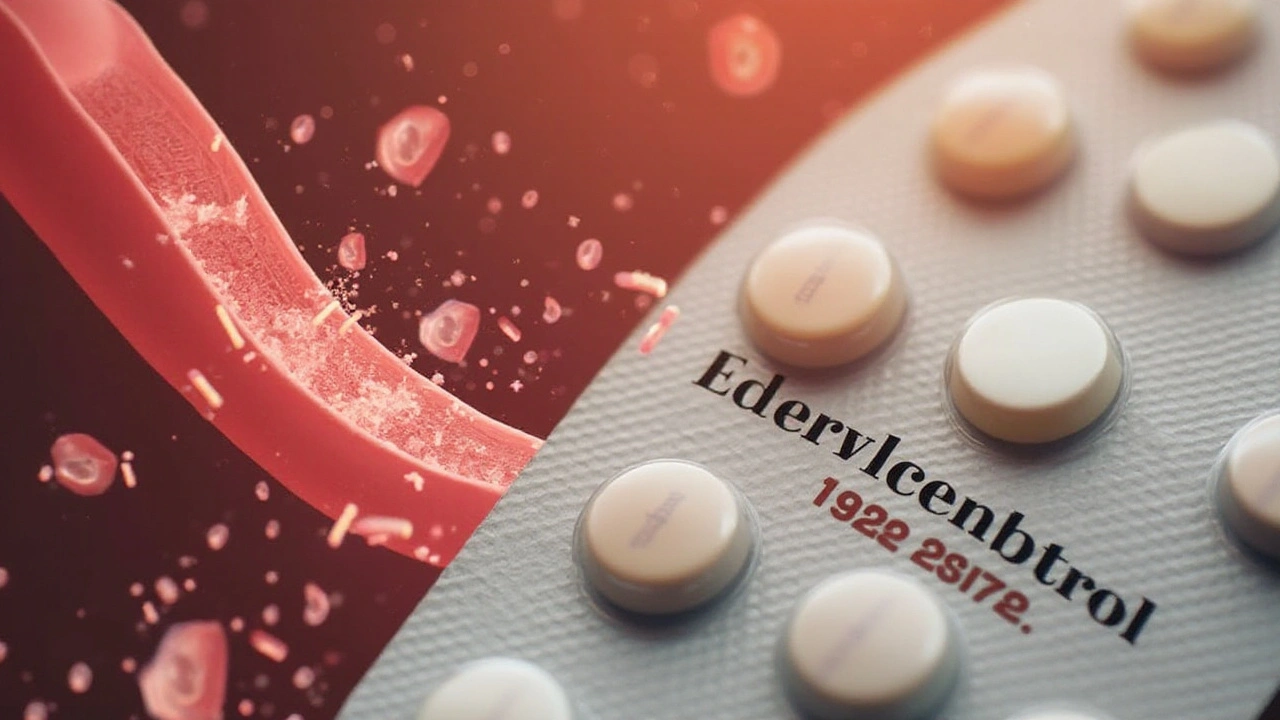Ethinylestradiol and Blood Clot Risks: What You Should Understand
Are you using a birth control pill that contains ethinylestradiol? If so, it’s smart to know about the risks linked to blood clots. Ethinylestradiol is a synthetic estrogen found in many birth control pills. While it's effective at preventing pregnancy, it can increase the chance of forming blood clots in some people.
So, why does this matter? Blood clots can block blood vessels, sometimes leading to serious issues like deep vein thrombosis or even strokes. Not everyone faces the same risk, though. Women who smoke, are over 35, or have a history of clotting problems are usually at a higher risk. The trick is understanding if these risks apply to you.
Who Should Watch Out and How to Stay Safe
If you fall into risky groups, chat with your doctor about alternatives or additional precautions. For instance, if you smoke or are over 35, your doctor might suggest a different type of birth control that doesn't raise clot risks as much.
Besides medical advice, there are simple steps to lower your risk. Staying active helps—sitting for long periods increases clot chances, so take breaks and move around when you can. Keeping well-hydrated and maintaining a healthy weight also matters.
Understanding Your Options
There are many birth control choices out there. Some don’t contain estrogen at all, which can be safer if you’re worried about clots. Your doctor can help find one that fits your health profile and lifestyle.
Remember, knowing about ethinylestradiol’s effects helps you make smarter decisions. Don’t hesitate to ask questions and keep track of any unusual symptoms like pain or swelling in your legs or sudden chest pain. Catching issues early is key.
Using birth control should empower you, not worry you. With the right info, you can choose what’s best for your body and stay healthy.
Understanding the Link Between Ethinylestradiol and Blood Clot Risks
Ethinylestradiol is a common component of birth control pills that can increase the risk of blood clots. This article delves into the science behind this risk, who might be more susceptible, and practical steps to minimize potential dangers. Understanding this connection is crucial for making informed health decisions.
